当前位置:
X-MOL 学术
›
Journal of Archaeological Science
›
论文详情
Our official English website, www.x-mol.net, welcomes your
feedback! (Note: you will need to create a separate account there.)
Examining the thermal synthesis conditions of Maya blue: Insights into colors, stability and clay-dye interactions
Journal of Archaeological Science ( IF 2.6 ) Pub Date : 2024-12-18 , DOI: 10.1016/j.jas.2024.106144
Guanzheng Zhuang, Li Li, Qian Liu, Peng Yuan, Maguy Jaber, Francisco Rodrigues, Jixing Fan
Journal of Archaeological Science ( IF 2.6 ) Pub Date : 2024-12-18 , DOI: 10.1016/j.jas.2024.106144
Guanzheng Zhuang, Li Li, Qian Liu, Peng Yuan, Maguy Jaber, Francisco Rodrigues, Jixing Fan
Maya blue can be synthesized by heating a mixture of indigo and palygorskite, yet the impact of preparation conditions on its properties is not fully understood. This study investigates the effects of heating temperature (100–500 °C) and duration (1–72 h) on the color, acid resistance, solvent resistance, and photostability of Maya blue, as well as the pigment's structure and the indigo-palygorskite interaction. The reflectance spectra and CIE color parameters indicate that the optimal synthesis temperature for Maya blue lies between 100 and 200 °C, with a recommended heating time not exceeding 8 h. Increasing the temperature (up to 200 °C) enhances the green hue while diminishing the blue hue; however, temperatures above 200 °C result in significant color saturation loss. At 150 °C, extending the heating duration increases the green hue while maintaining stability after 8 h, with a corresponding reduction in the blue hue. The specific surface area, micropore volume, and X-ray diffraction results suggest that indigo molecules diffuse deeply into the palygorskite channels under heating. The infrared spectra indicate that the interaction between indigo and palygorskite appears weak, with indigo being encapsulated as stabilized monomers through intramolecular hydrogen bonding, which contributes to the greenish-blue hue and exceptional stability of Maya blue. High-resolution transmission electron microscope images confirmed the identical microstructure of Maya blue and raw palygorskite. These findings enhance the understanding of Maya blue’ preparation mechanism and may contribute to the development of organic-inorganic hybrid materials.
中文翻译:

检查玛雅蓝的热合成条件:深入了解颜色、稳定性和粘土-染料相互作用
玛雅蓝可以通过加热靛蓝和帕里戈斯基石的混合物来合成,但制备条件对其性能的影响尚不完全清楚。本研究调查了加热温度 (100-500 °C) 和持续时间 (1-72 h) 对玛雅蓝的颜色、耐酸性、耐溶剂性和光稳定性,以及颜料的结构和靛蓝-帕利戈斯基石相互作用的影响。反射光谱和 CIE 颜色参数表明,Maya blue 的最佳合成温度在 100 至 200 °C 之间,建议加热时间不超过 8 小时。提高温度(高达 200 °C)可增强绿色色调,同时减少蓝色色调;然而,高于 200 °C 的温度会导致明显的色彩饱和度损失。在 150 °C 时,延长加热持续时间会增加绿色色调,同时在 8 小时后保持稳定性,蓝色色调相应减少。比表面积、微孔体积和 X 射线衍射结果表明,靛蓝分子在加热下扩散到帕里戈尔斯基石通道中。红外光谱表明,靛蓝和 palygorskite 之间的相互作用似乎很弱,靛蓝通过分子内氢键被封装为稳定的单体,这有助于玛雅蓝的绿蓝色调和出色的稳定性。高分辨率透射电子显微镜图像证实了玛雅蓝和原始 palygorskite 的相同微观结构。这些发现增强了对玛雅蓝制备机制的理解,并可能有助于有机-无机杂化材料的发展。
更新日期:2024-12-18
中文翻译:

检查玛雅蓝的热合成条件:深入了解颜色、稳定性和粘土-染料相互作用
玛雅蓝可以通过加热靛蓝和帕里戈斯基石的混合物来合成,但制备条件对其性能的影响尚不完全清楚。本研究调查了加热温度 (100-500 °C) 和持续时间 (1-72 h) 对玛雅蓝的颜色、耐酸性、耐溶剂性和光稳定性,以及颜料的结构和靛蓝-帕利戈斯基石相互作用的影响。反射光谱和 CIE 颜色参数表明,Maya blue 的最佳合成温度在 100 至 200 °C 之间,建议加热时间不超过 8 小时。提高温度(高达 200 °C)可增强绿色色调,同时减少蓝色色调;然而,高于 200 °C 的温度会导致明显的色彩饱和度损失。在 150 °C 时,延长加热持续时间会增加绿色色调,同时在 8 小时后保持稳定性,蓝色色调相应减少。比表面积、微孔体积和 X 射线衍射结果表明,靛蓝分子在加热下扩散到帕里戈尔斯基石通道中。红外光谱表明,靛蓝和 palygorskite 之间的相互作用似乎很弱,靛蓝通过分子内氢键被封装为稳定的单体,这有助于玛雅蓝的绿蓝色调和出色的稳定性。高分辨率透射电子显微镜图像证实了玛雅蓝和原始 palygorskite 的相同微观结构。这些发现增强了对玛雅蓝制备机制的理解,并可能有助于有机-无机杂化材料的发展。

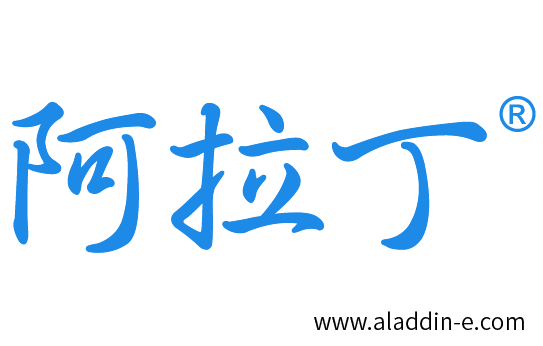
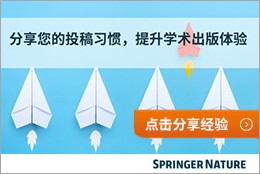




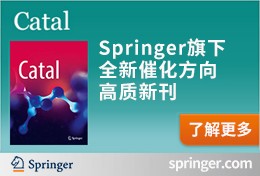
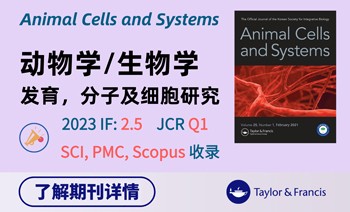










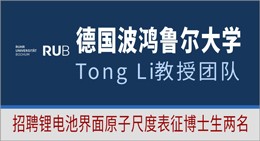





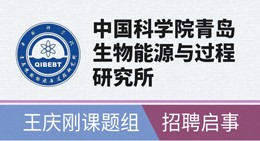





 京公网安备 11010802027423号
京公网安备 11010802027423号